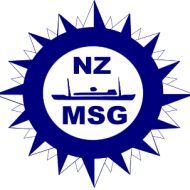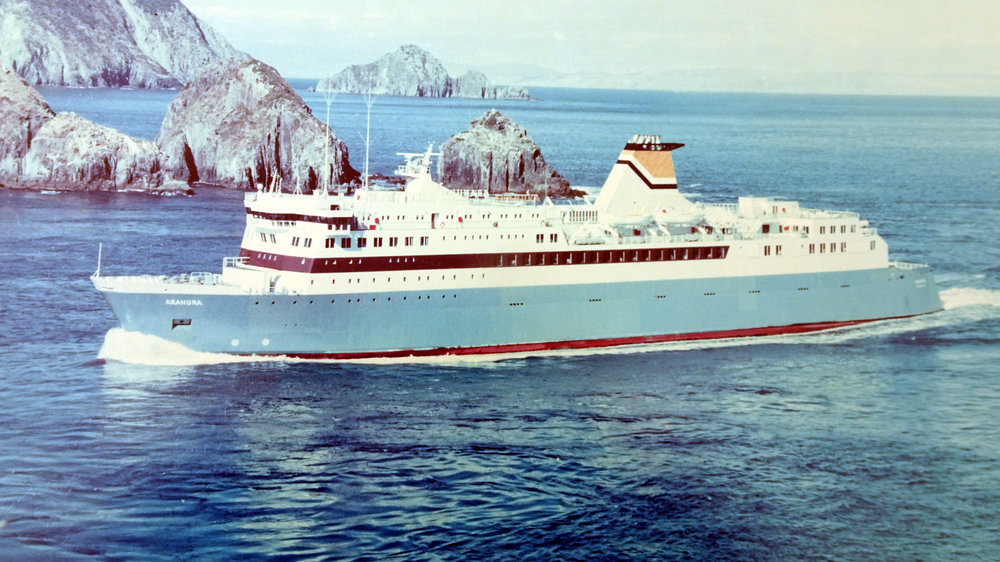
During the 1800’s New Zealand shipping centered around individually owned small trading vessels. The first large shipping companies were the New Zealand Steam Navigation Co. (1862), Otago Steam Ship Co. (1863) and the Union Steamship Co. (1875) which was the most significant.
The USSCo expanded quickly on the coastal and trans-Tasman trades. There was no employment protection for seafarers until the Shipping and Seamen Act was passed in 1877. In the 19th century most were casual labour. The first maritime union in Australasia was the Federated Seamen’s Union (FSU) formed in Victoria to which New Zealand seamen belonged before the formation of the FSU of New Zealand. A short lived local union was formed in Lyttleton in 1874.
In 1884, the first seamen’s collective agreement was made with USSCo and later with other shipping companies. A trade war in the late 1880’s resulted in inter-colonial industrial unrest and the creation of the NZ Maritime Council. In 1890, the NZ Mercantile Marine Officer’s Association was formed to represent junior officers. Shipmasters’ were invited to join but the Steam Ship Association and USSCo advised the Masters not to join and instead sponsored the formation of the Shipmasters’ Association to serve the interest of Masters. It survived until 1911-1912.
The MMOA was engaged in an escalating dispute over working conditions and wages. This dispute was as much about the right to belong to a union as about wages and conditions. Using “free labour”, the shipowners won out eventually causing the dissolution of the MMOA. In 1895 the Industrial Conciliation and Arbitration Act came into force. Drawn up to facilitate the settlement of disputes it provided the mechanism for trade unions to enter into conciliation when in dispute with employers.
In 1901 the first ships’ officer’s union was created as NZ Marine Officers’ Association Industrial Union, and in 1904 it became known as the Merchant Service Guild. In 1911-12 the Shipmasters’ Association disappeared leaving the Guild to represent Shipmasters and Officers until the present day. Branches were formed in Lyttleton (1904) and Auckland (1909).
During 1911-1912, industrial relations throughout New Zealand deteriorated, Guild members were drawn into a dispute involving the United Federation of Labour but this time siding with their employers. As in the Second World War, Guild members joined the Royal Navy and after returning to New Zealand, the Guild obtained increased benefits for its members until the recession years when jobs were lost and wages/conditions reduced. In 1937 the Guild was re-registered as the New Zealand Merchant Service Guild and in 1938, harbour pilots became members.
After the Second World War the Guild was again involved in another industrial dispute whilst trying to restore pay parity and working hours with seamen. The 1951 waterfront dispute again saw Guild members drawn into a dispute which encompassed New Zealand. In the mid 1950’s amalgamation with other unions took place – first with the radio officers and then an alliance was formed with airline pilots. During 1950’s and 1960’s the Guild was actively involved in promoting safety issues on ships which included the installation of radar. Several ships were lost during this period.
The mid-1960’s saw an increase in activity in the ports industry with new port developments. The Guild represented Tugmasters and Launchmasters in award contracts and in later years Stevedores. Industrial representation continued for harbour pilots, sea-going staff and shore personnel. In 1987 the Labour Relations Act was enacted which required each union to have a minimum of 1000 members. The Guild actively sought amalgamation with several unions including Reserve Bank Officers, North Shore Ferries and Fullers, New Zealand Foreman Stevedores and New Zealand Shipping Officers Union. As a result re-registration took place in June 1989.
A major dispute occurred that year over the reflagging of the Shipping Corporation of New Zealand’s ships, essentially to reduce crew numbers and conditions, and there was an employment contract dispute with NZ Rail in 1994 which ended after 3 months with a negotiated settlement. In 1996 the monopoly of NZ/Australian ships on the trans Tasman trade was ended with the entry of foreign flags and cross over vessels. In 2000 the Guild, as provided for in its constitution, affiliated with NZ Council of Trade Unions. Today the Guild’s membership is around 1000 and covers many facets of waterfront work, sea-going employment and tourism.
A more detailed history is contained in the book “Masters or Servants?” written by Gavin McLean and published by the New Zealand Merchant Service Guild.
Reference: http://www.nzshipmarine.com/


